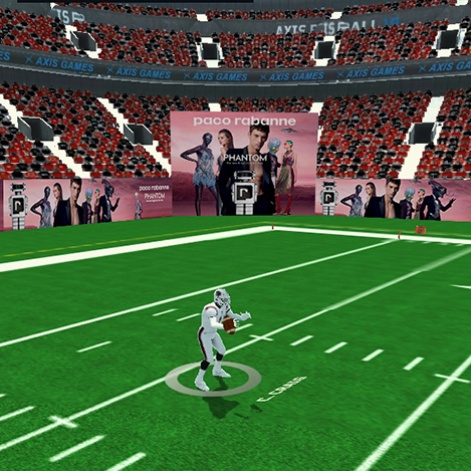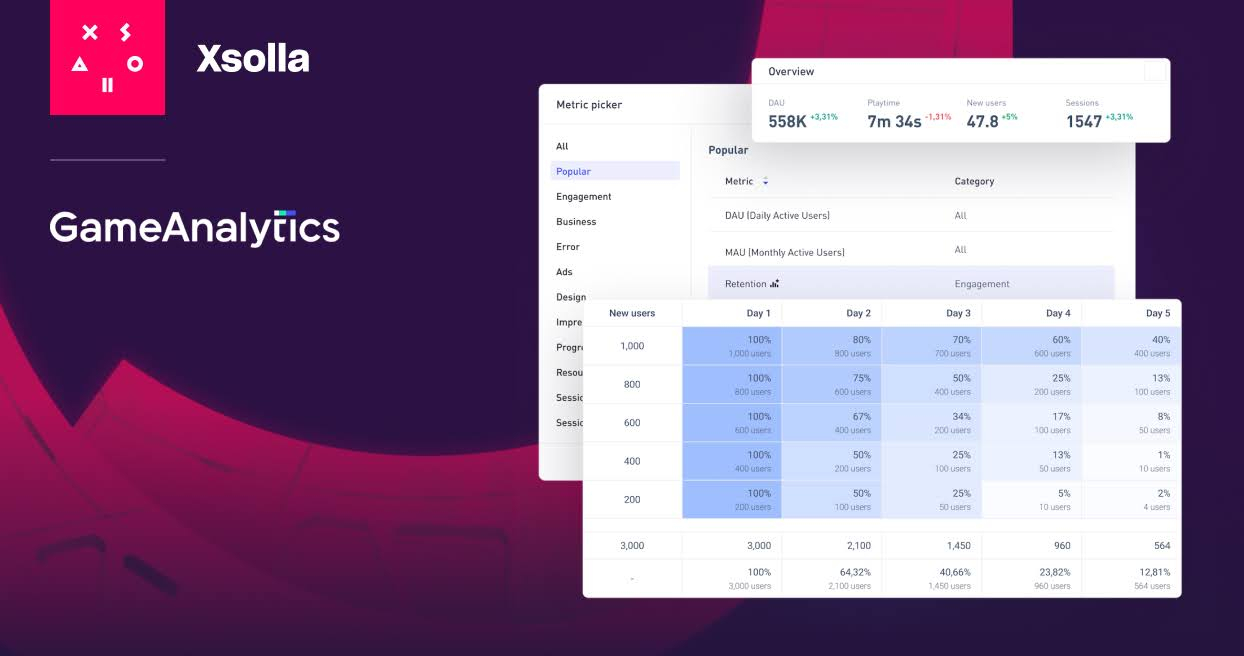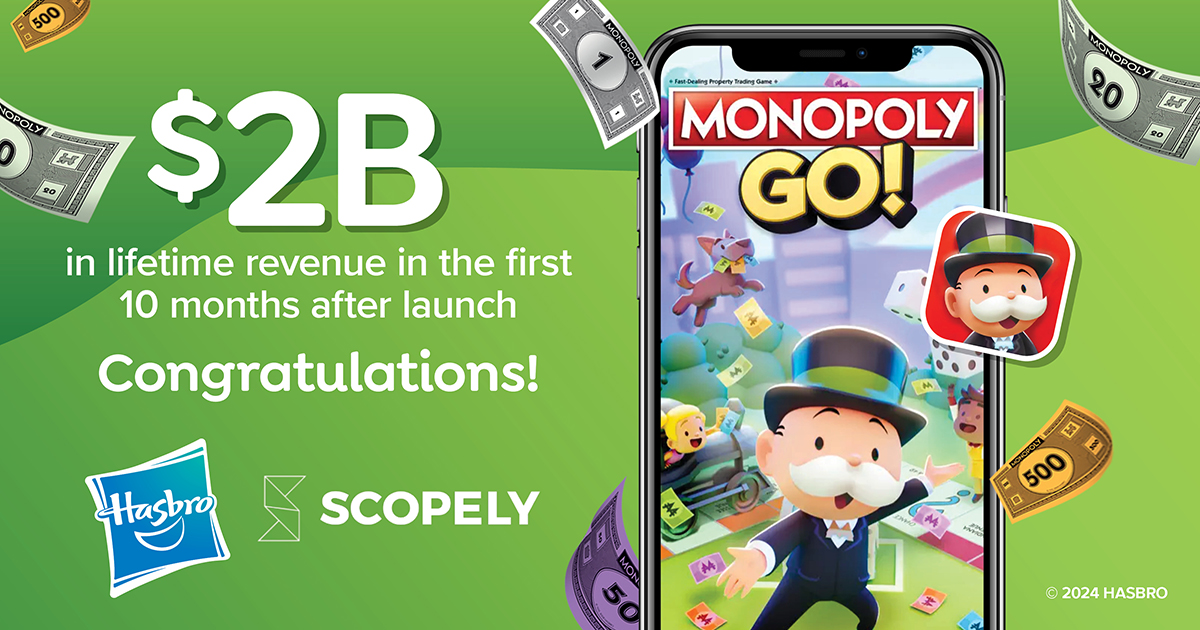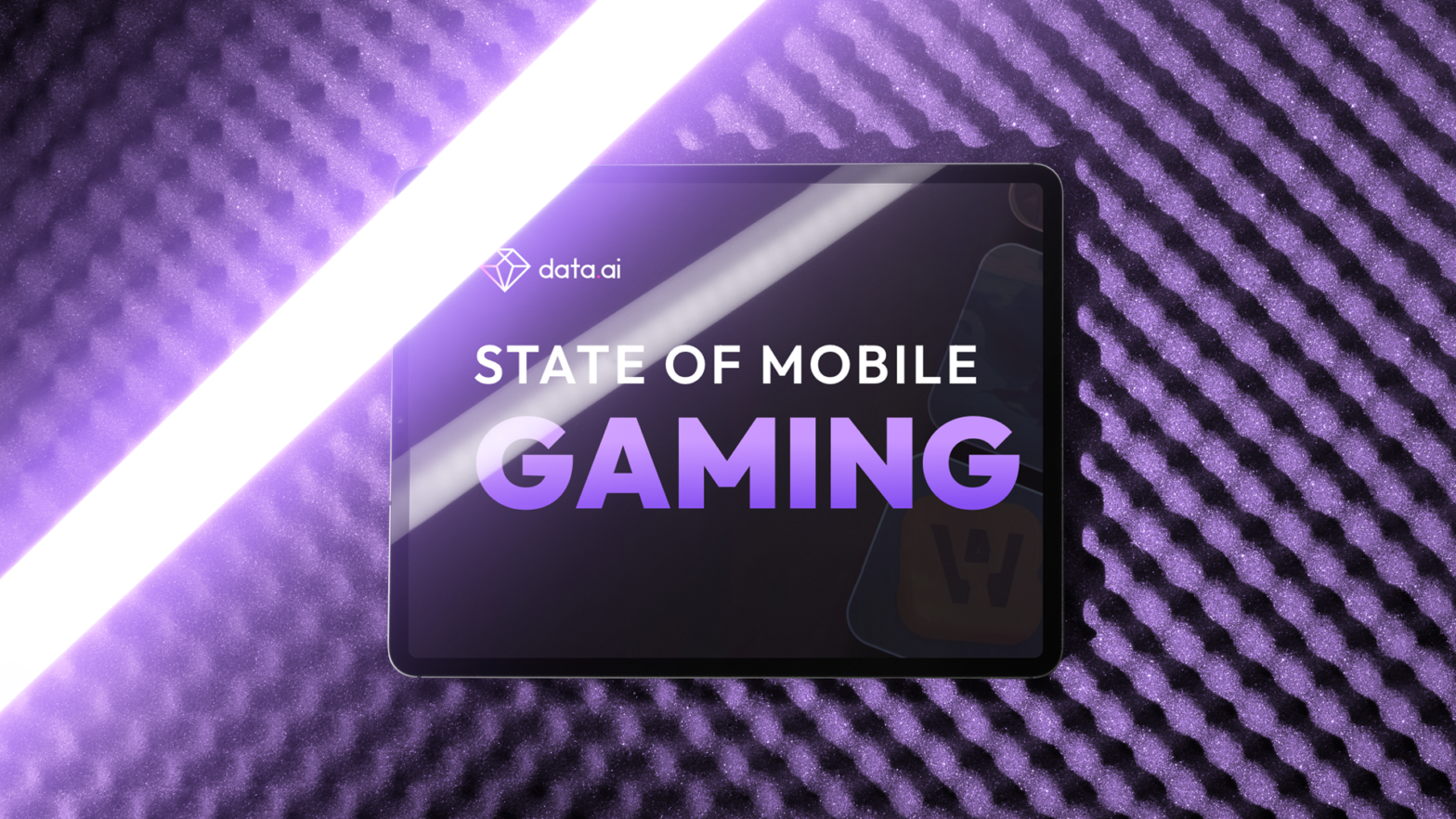In-game advertising has gained a negative reputation among some developers, but this is nothing more than a common misconception. Lev Kommisarchik, director of mobile gaming at Anzu, clarifies the situation in this article.
In-game ads negatively affect gameplay
Developers fear that in-game advertising will lead to player attrition. Game creators fear unnatural in-game advertising and devaluing hard work. Most advertisers today understand that productive communication with audiences requires a respectful relationship.
For games, this means matching ads that don’t interfere with players in a virtual environment. Ads that don’t interfere with players and can’t be clicked on have become a highly effective way to attract attention. For developers, this is an effective way to monetize games without compromising gameplay.
New technologies place in-game ads in the background of games or on 3D objects, such as roadside billboards in racing games, banners in stadiums in sports games, and on building walls in simulation or adventure games. Sometimes developers create fake ads to give the setting a realistic feel. This technique is in demand in races, sports simulators and games that focus on exploring cities.
Bringing in ads from natural brands helps maintain a sense of relevance and realism. Imagine a gamer passing a roadside banner ad on their way home, going into their favourite racing game, and driving past the same ad. So the immersion and blending of advertising in the natural and virtual worlds will continue to become commonplace.

Loss of control
Games’ reputation and user experience are critical to game studios, so maintaining complete control over the background is a must for developers. A common misconception is that if you open access to in-game advertising, you can’t control what, where, and how the ads are displayed.
For developers to retain complete control, Anzu is working with them to integrate the SDK and optimize ad placement. The publisher’s dashboard gives developers the tools to control every aspect of advertising: data, pricing, content, formats, ad density and frequency.
Developers also have tools to help them get the most out of their ad placements. These include lists that allow them to approve and deny ads for specific brands and verticals in games, contextual targeting that helps match an ad campaign with the right gaming environment, and 3D ad tracking, a technology Anzu has developed to optimize ad placement.
Brand disinterest
Not only has the pandemic helped attract more people to gaming, but it has also helped brands see the market’s unexplored potential.
A recent Anzu study of British gamers found that 60% started playing more during the pandemic.
Gamer is a term that includes people of all ages, genders, ethnicities, cultures, lifestyles, and backgrounds. Today, gamers include 3.2 billion gamers. Combined with inflated engagement rates, low cheat rates and global reach, global brands and advertising agencies have created divisions, departments and teams that develop gaming strategies.

Side note: What to do before monetizing a hyper-casual game?
673













 3 minutes
3 minutes








 2 minutes
2 minutes
